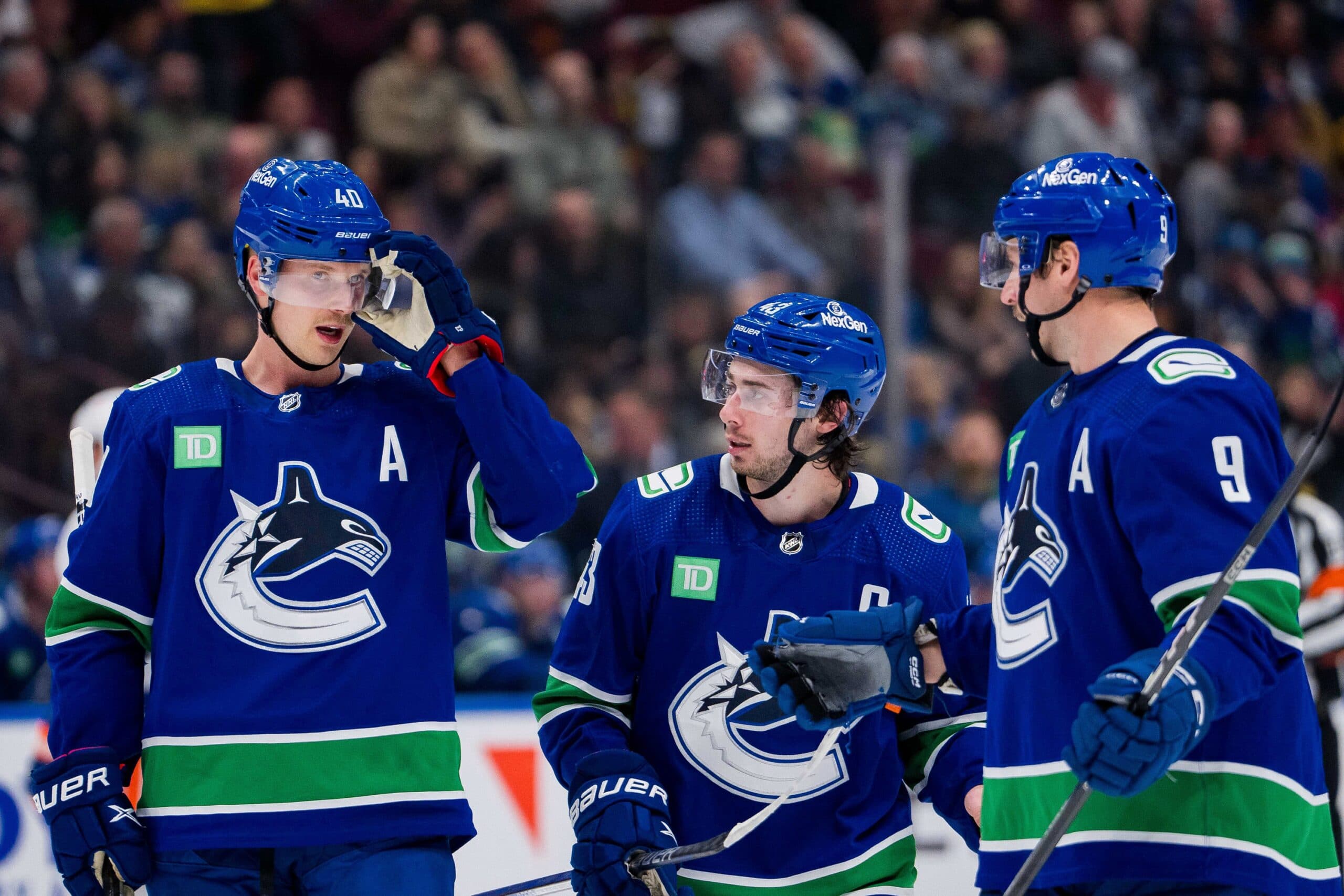To fix their penalty kill in 2024, Canucks could get back to being dangerous shorthanded
Photo credit: © Bob Frid-USA TODAY Sports
8 months ago
Keep scrolling for the next article
Breaking News
- Canucks Mount Rushmore: The 4 greatest defencemen in Vancouver Canucks history
- Former Canucks Elias Lindholm and Nikita Zadorov throw first pitch at Fenway Park
- The Tape: What Canucks fans should expect from top six sniper, Jake DeBrusk
- Canucks Mount Rushmore: Greatest 4 goalies in Vancouver Canucks history
- Scenes from Canucks summer skate: Sprong skates with Miller and Boeser; Sherwood talks opportunity in Vancouver
